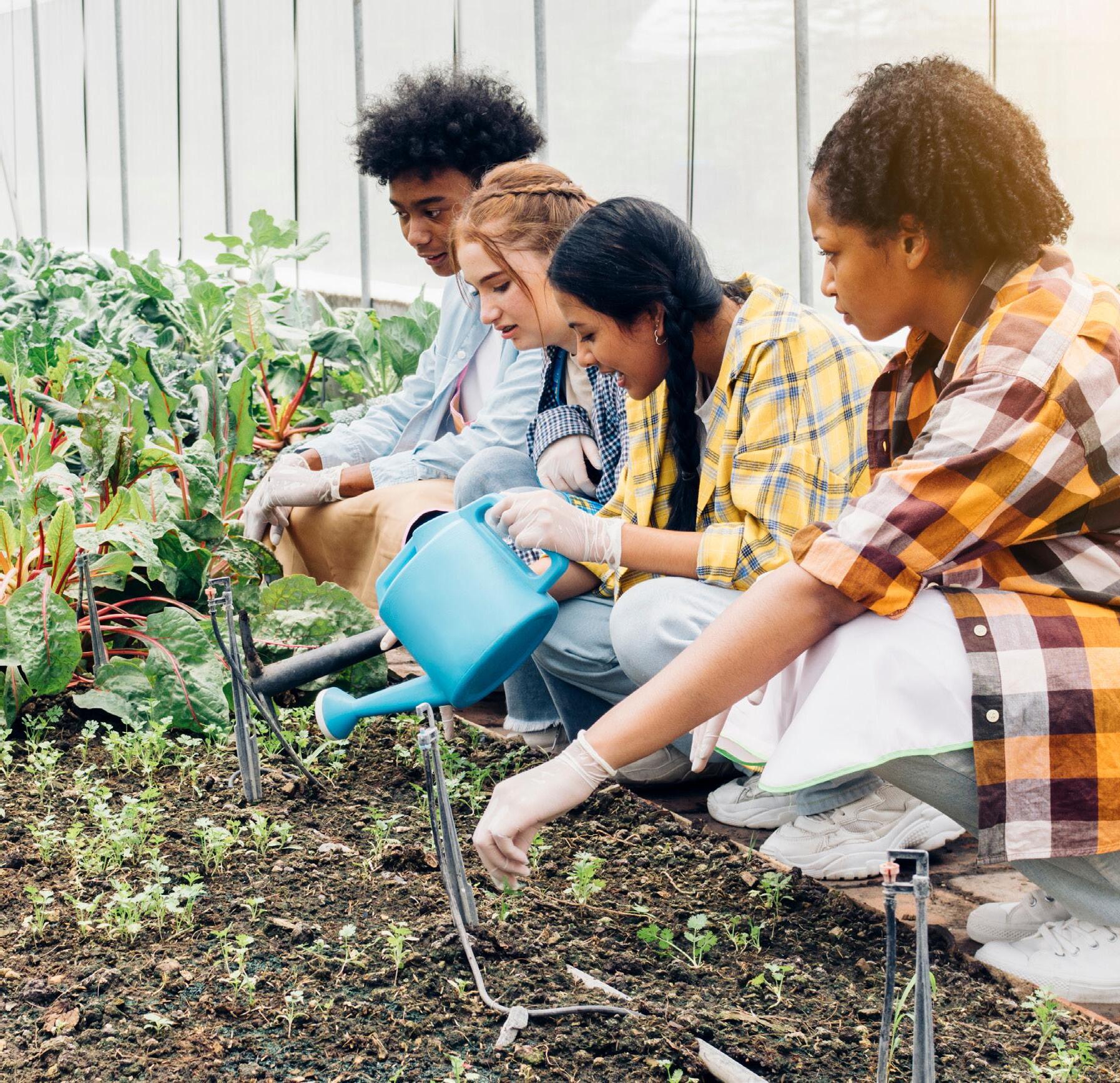CERTIFICATE
Reducing Waste



Thank you for deciding to include Choose Earth as part of your WorldStrides experience! Our hope is that through the Certificate, Program Leaders and their participants will acquire practical and useful sustainable skills they can not only employ while with WorldStrides, but can take those skills back into their communities.
For your Choose Earth Certificate, your program has chosen to focus on reducing waste. This program is ideal for programs that want to focus on various recycling initaitives, including composting and limiting their single use plastic while traveling. There are three key aspects as the program lead you will take your participants through while on your trip:
• Focus area curriculum and learning
• Completion of an associated eco-challenge
• Facilitation of a group reflection
The Choose Earth focus area curriculum and learning will include a brief introduction of the UN Sustainable Development Goals that are associated with Reducing Waste. There are instructor materials that we suggest all program leads reading through so they can become knowledgeable on the UN SDGs and Choose Earth. Following, there will be the learning tools that you will share with your students including an activity that will visually demonstrate this environmental problem.
If throughout your Choose Earth journey you experience any issues or questions, reach out to the Corporate Social Responsibility (CSR) Team at WorldStrides at csr@worldstrides.com.
Choose Earth is designed to be a seamless addition to your program. There are 4 key elements:
• Presenting the instructional materials assigned to your focus area.
• Program Facilitators lead group through an eco-challenge.
• Facilitate a group discussion.
• Submit information of participants to WorldStrides so each individual can receive their digital certificate.
Each Certificate program has an introductory video to the UN Sustainable Development Goals. Once shown Program Leaders will facilitate a discussion with participants about the SDGs.
There will be another video that demonstrates the Certificate’s chosen focus are in context with drafted questions to prompt the group to discuss.
*Videos and Discussion should take place prior to the eco-challenge.
Faculty will be responsible for sharing the Choose Earth slides and all content within them with their students. This is imperative so participants understand the program and satisfy the curriculum component of their certificate.
Program leads will host a debrief with their students after completion of the eco-challenge while on program.
Post-program, faculty will need to confirm that all certificate requirements were met, so that the CSR Team can distribute the digital certificates from Accredible.
How should Program Leaders notify WorldStrides when your group has completed the program?
• Program Leaders/Facilitators can visit forms.office.com/r/Q3VvrsQd5y or scan the code on the last page of this booklet to fill out our smart form, letting us know the names and emails of each participant who has completed the program.
• A member of the Corporate Social Responsibility Team will then distribute the Certificates through email.
What happens if I don’t receive my certificate?
Participants should check their junk and spam folders for the Certificate. If participants have not received their certificate, email the CSR team at csr@worldstrides.com.
When should my participants expect their Choose Earth Certificate?
After Program Leaders/Facilitators submit the Microsoft form, participants should expect their Certificate in their inboxes in 7 business days.
Is there a cost to participate in this certificate program?
No cost! This is an opt-in experience for all WorldStrides participants! We appreciate each program that decides to Choose Earth.
Do all certificates need to be completed by the end of the program?
This will be up to the faculty to decide. While the completion of the eco-challenge will take place during the program, the reflection discussion and social media post can occur post-program, but these must be confirmed before badges will be distributed.
For any area that discussion is required, there is a list of curated questions for the Program Leader/Facilitator.
PART 1
Program Leaders will find age-recommended slides that discuss what the SDGs are, their background, and history. Instructors should choose one of the three videos to play for their participants.
Instructors will then choose one of two activities to lead their participants through the discuss the SDGs in more detail.
**Instructors leading a program for K-5 students may choose to opt-out of this portion of the program if determined the content extends beyond student’s comprehension levels.
Following are a number of Sustainable Development Goals that align with topics covered in this Choose Earth Certificate. Program Leaders should read through these goals so they are better equipped to engage and facilitate conversation with their participants.
For more information, visit the UN SDG website: sdgs.un.org/goals
Build resilient infrastructure, promote inclusive and sustainable industrialization and foster innovation
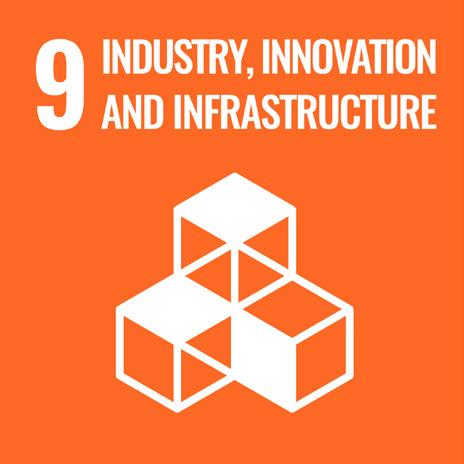
SDG 9 emphasizes the importance of sound and sustainable infrastructure. It is near impossible to incorporate environmentally just practices into our everyday if our infrastructure is not created to produce those kinds of initiatives. The innovation piece to the goal is also important; Program Facilitators can ask participants what kinds of innovations they want to see in a more sustainable world and what would be needed currently to get us there.
• 9.1: Develop quality, reliable, sustainable and resilient infrastructure to support economic development and human well-being, with a focus on affordable and equitable access for all.
• 9.4: By 2030, upgrade infrastructure and retrofit industries to make them sustainable, with increased resource-use efficiency, and greater adoption of clean an environmentally sound technologies, with all countries taking action in accordance with their respect capabilities.
• 9.c: Significantly increase access to information and communications technology and strive to provide universal and affordable access to the Internet in least developed countries by 2020.
There are different levels of consumption that are important to think about when brainstorming and implementing solutions. Sustainable consumption at the individual level looks drastically different than sustainable consumption at a macro/corporation level. To your participants, what does that difference look like? Do they think that sustainable production is the only way to ethically consume products?
Ensure sustainable consumption and production patterns
• 12.2: By 2030, achieve the sustainable management and efficient use of natural resources.
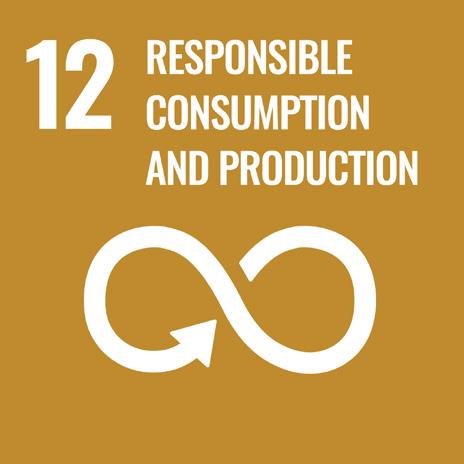
• 12.3: By 2030, halve per capita global food waste at the retail and consumer levels, and reduce food losses along production and supply chains.
• 12.5 By 2030, substantially reduce waste generation through prevention, reduction, recycling and reuse.
• 12.c: Rationalize inefficient fossil-fuel subsidies that encourage wasteful consumption by removing market distortions, in accordance with national circumstances, including by restructuring taxation and phasing out those harmful subsidies, where they exist, to reflect their environmental impacts, taking fully into account the specific needs and conditions of developing countries and minimizing the possible adverse impacts on their development in a manner that protects the poor and the affected communities.
SDG 15 speaks to the positive impacts of reducing waste: this includes, food waste, plastic waste, and energy consumption waste. Consciously minimizing our waste globally plays a major role in determining how much of SDG 15 we can reach. When facilitating discussion, it may be beneficial to promote the inter-connectedness of the goals and how deeply the success of one leads to the success of another.
Protect, restore and promote sustainable use of terrestrial ecosystems, sustainably manage forest, combat desertification and halt and reverse land degradation and halt biodiversity loss
• 15.2: By 2020, promote the implementation of sustainable management of all types of forests, halt deforestation, and restore degraded forests.
• 15.5: Take urgent and significant action to reduce the degradation of natural habitats, halt the loss of biodiversity, and protect the extinction of threatened species.
• 15.9: By 2020, integrate ecosystem and biodiversity values into national and local planning, development processes, poverty reduction strategies and accounts. www.un.org/sustainabledevelopment
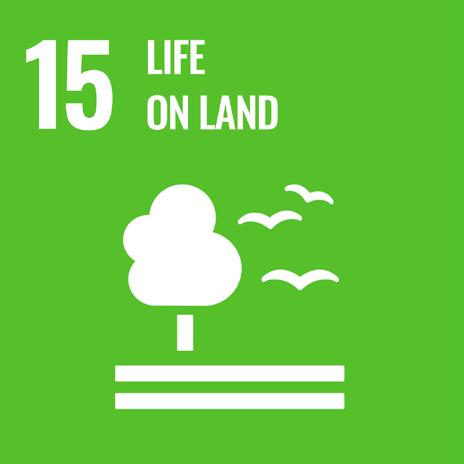

Set by the United Nations in 2015 as a part of the 2030 Agenda for Sustainable Development are 17 goals adopted by all 193 member states. These goals address various global issues, such as poverty, hunger, equality, climate change and environmental sustainability. To learn more, click below by age group and see what you can do to better understand and support these goals.
K - 4TH GRADE 5TH - 8TH GRADE 9TH - 12TH GRADE
Program Leaders have two options to choose from to facilitate a discussion around the Sustainable Development Goals: including tools, practices, and implementations needed to build a more sustainable world.
Option 1: Group Lead Discussion Approx. Time (10-15 minutes)
Option 2: Small Group Activity with Discussion Approx. Time (20-30 minutes)
The role as a facilitator is to guide participants through the chosen activity by talking through the questions provided. Be sure to engage all participants and refer back to the Relevant SDGs on the previous pages to dig deeper into topics and points participants may be more interested in.
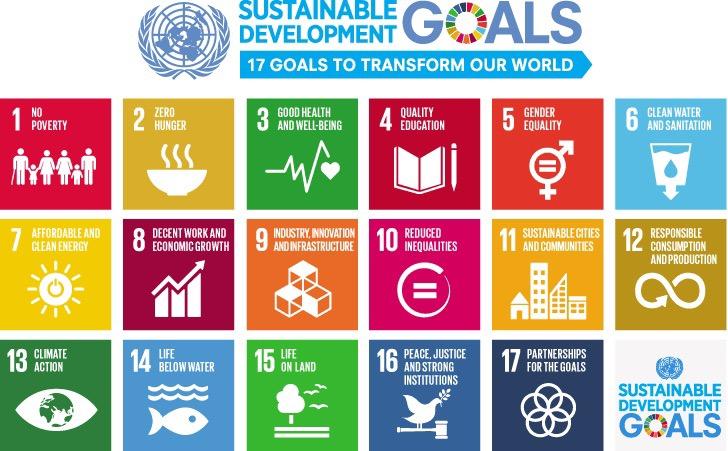
After watching the video briefly discuss, which goals may have already achieved, which ones are achievable, and which goals seem out of reach.
Continue to the next section of the group’s chosen activity
1. What does sustainability mean to you?
2. Share what comes to mind when you think of waste?
3. What are the positive impacts of reducing waste?
4. Where have you witness the negative consequences of excess plastic waste, food waste, energy consumption waste in your everyday life?
• In your neighborhoods
• In your communities and local governments
• In your countries, national government
• In the world
5. What role do smaller communities have in helping the planet meet its sustainability goals? (think local governments, neighborhoods, schools)
6. What responsibilities should countries share to attain a sustainable earth?
7. How could some of these targets become a reality in your community? Do you see this goal being achieved already?
• Divide your group up in equal parts and assigned each group to a Sustainable Development Goal. (PLs can use the goals referenced in facilitator guide)
• Whether on large poster paper on a sheet of paper, tell each group to divide their paper into 4 squares. Have them answer the following questions in each quadrant:
• In your own words, explain what their Sustainable Development goal is and why this goal is related to building a Sustainable World.
• Which “targets” seem the most attainable and why?
• How can you incorporate this goal into your daily habits and routines?
• Come up with one additional goal to add to the SDG we should consider to make this goal more inclusive to other communities, countries, and culture.
• After 10 minutes, bring the group back together and have each small group present their poster.
• Following all of the groups sharing, PLs should conclude with a general question about what participants learned from the activity.
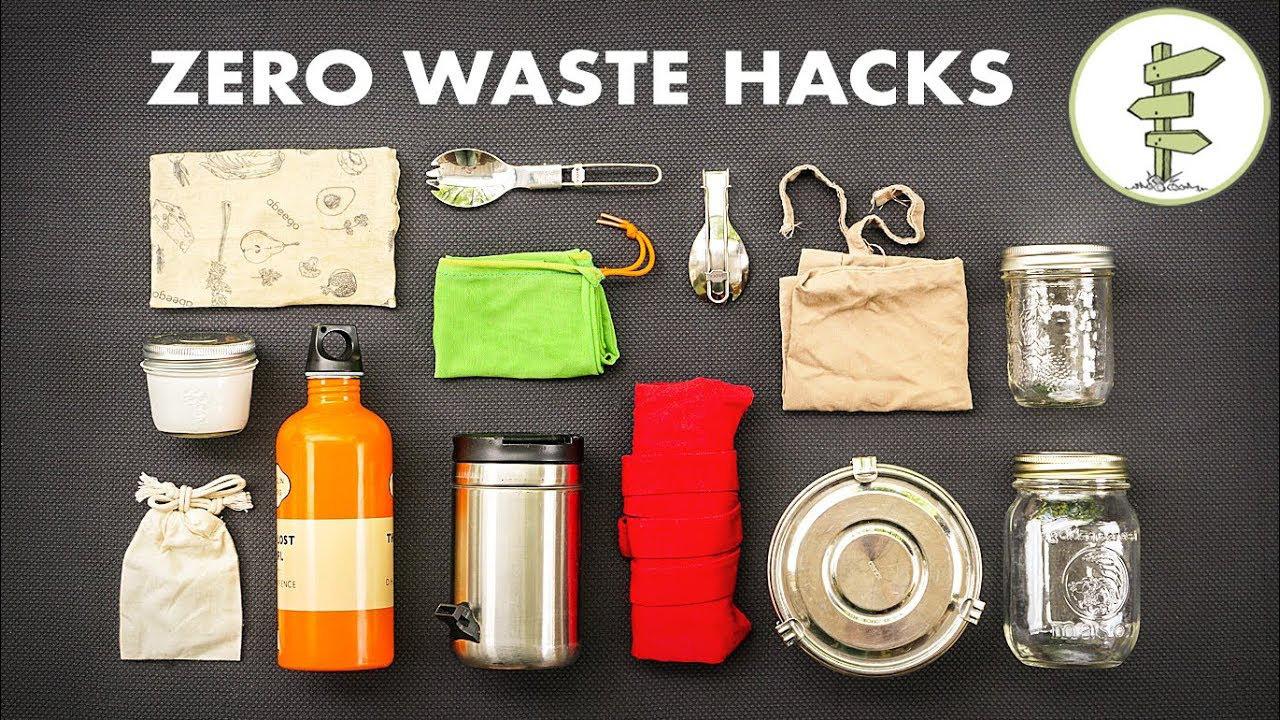
An eco-challenge is your way to practice and incorporate sustainability during your time on the program. Be creative! Your eco-challenge can be one allencompassing event or you can challenge yourself to continue your sustainable habit over an extended period of time!
The goal of an eco-challenge is to demonstrate the importance and feasibility of incorporating sustainability into your daily lives. Challenge yourselves with your eco-challenge and be sure to take some photos!.
On the next page you will find a list of pre-approved eco-challenges that are associated with reducing waste. If you don’t see one you like, you can get creative and brainstorm your own! All participants must complete their eco-challenge with their program leader to be eligible for the Choose Earth Certificate.
Snap some photos and share your favorite moments from the eco-challenge on social media using #ChooseEarth, and be sure to tag WorldStrides.
• Avoid purchasing/using/supporting/disposable plastic products for a week
• Embrace the recycling motto: Reduce, Reuse, Recycle: make a conscious effort to utilize recycling and waste reduction services
• Utilize reusable bags only while onyour program

• Create your own composting site
• Find a way to upcycling any materials you will not be taking home with you: donating gently used clothes to a local shelter before heading home is a great idea
Using the curated list of questions below, discuss with your group and reflect on their personal experience during the engagement, as well as how they plan to take what they’ve learned and apply it to the future.
• What skills have you gained personally from learning about sustainability?
• In what ways do you currently promote sustainability?
• In what ways can you promote sustainability moving forward?
• What was your biggest takeaway from your eco-challenge activity?
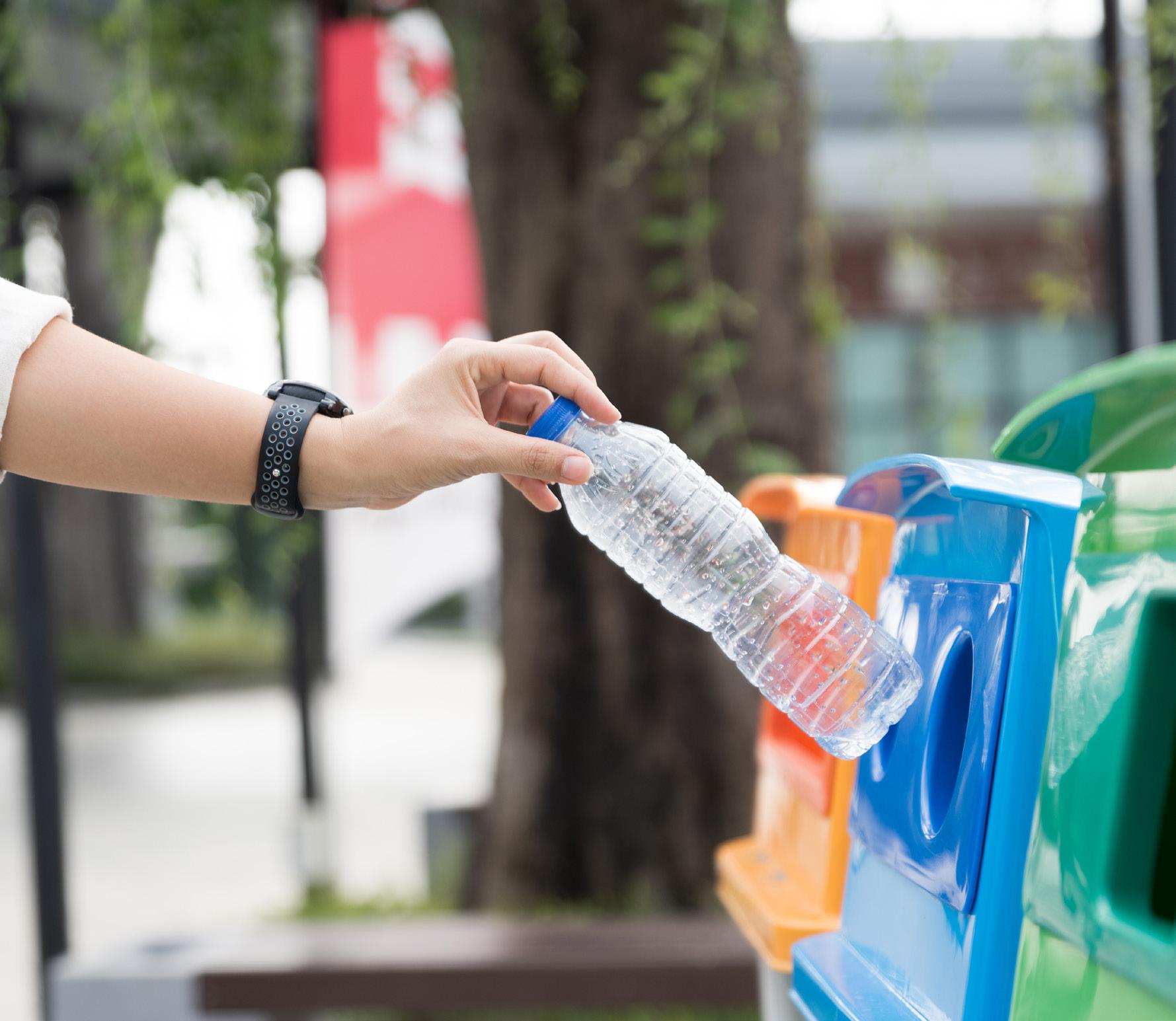
• What was the most surprising or difficult thing that happened while working on your eco-challenge?
• What are some of the benefits you have received from Choose Earth?
• Did you notice any positive impacts and influence participating in Choose Earth had on others in your program?
• Describe the type of impact you have left on your community by participating in Choose Earth?
You’re on your way to sustainability! Your last step is to scan the QR code below or visit forms.office.com/r/Q3VvrsQd5y to ensure we have all the needed information for each participant’s Certificate. Program Leaders can always refer back to these materials for any questions about receiving the Certificate.
